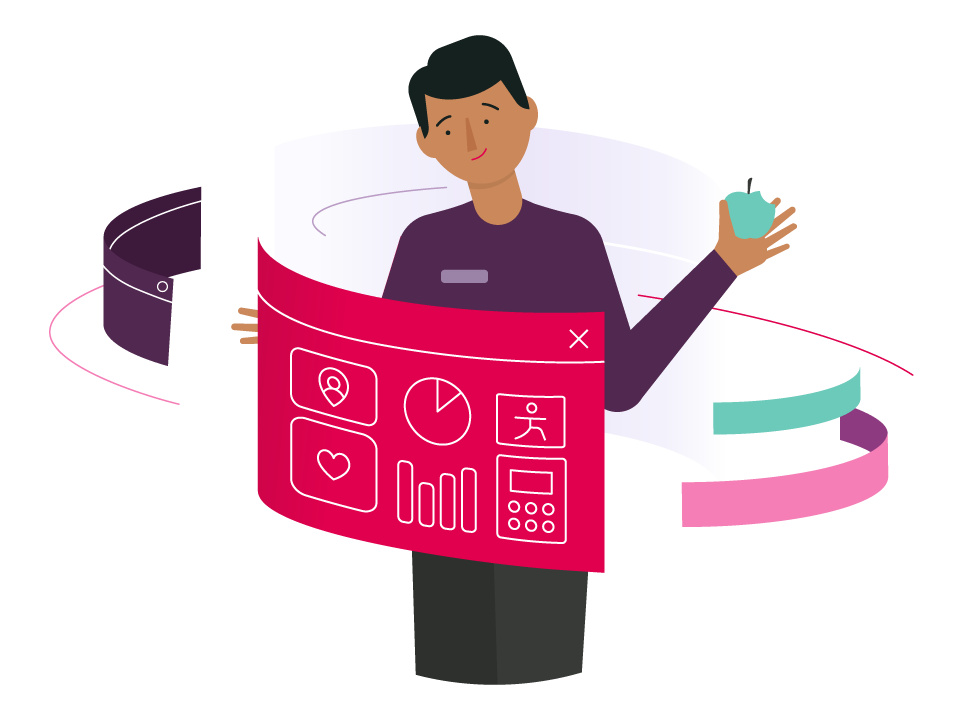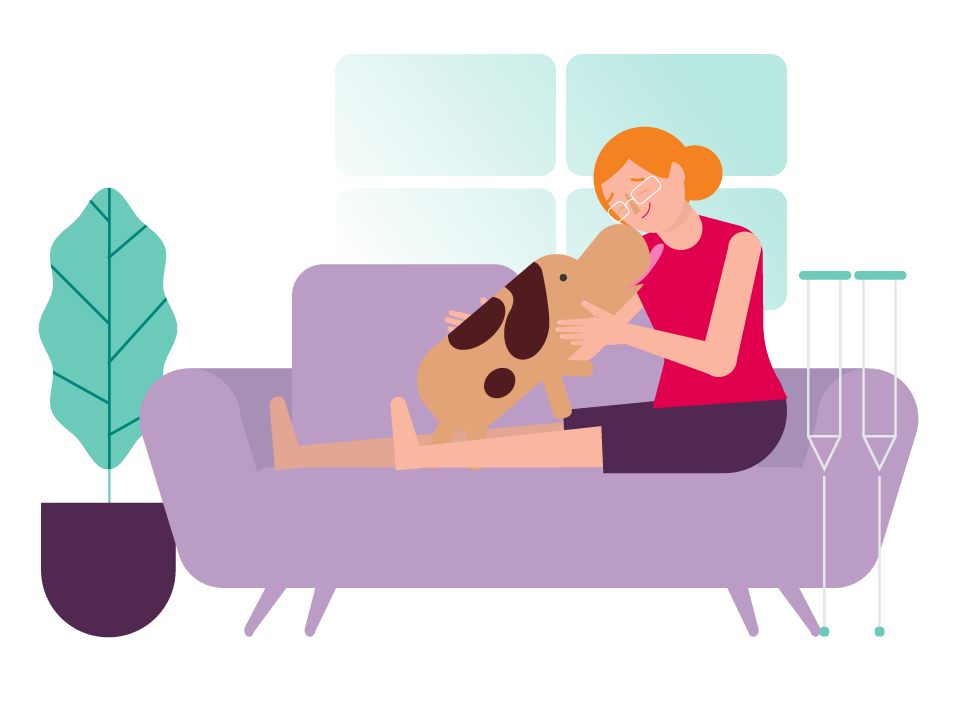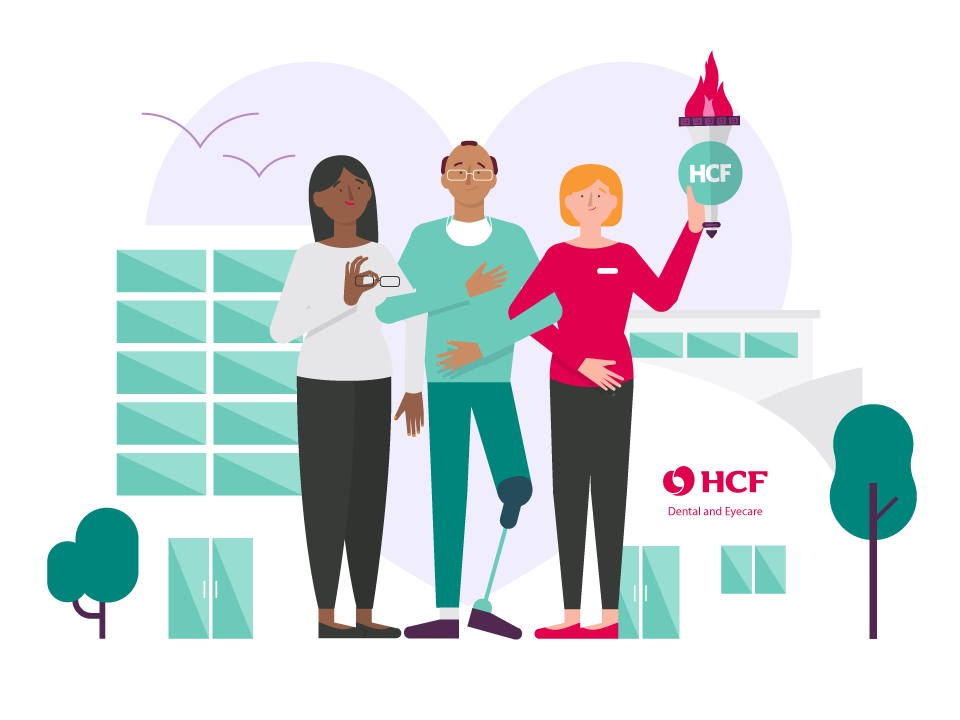To understand the reasons for having the surgery, it helps to know a bit about coronary artery disease, and how surgery can help.
Coronary artery disease
There are three main coronary arteries that supply oxygen-rich blood to your heart muscle.
These arteries can become hardened and narrowed because of atherosclerosis. This prevents blood from flowing through the arteries properly, so your heart muscle can't get the blood or oxygen it needs, and this can lead to chest pain (angina) or shortness of breath.
Coronary artery disease can also contribute to heart failure, because your heart can’t pump enough blood to the rest of your body. It may also cause changes in your heart’s rhythm, called arrhythmias.
If your coronary arteries are badly narrowed or completely blocked, you’ll need treatment to ensure your heart gets enough blood to work properly. This may include medications, stents or coronary artery bypass graft surgery.
The surgery
Coronary artery bypass graft (CABG) surgery can improve blood flow to your heart, relieve chest pain, prevent heart attack and prevent further damage to your heart.
Your surgeon takes a healthy vein or artery from somewhere else in your body and attaches it to either side of the blocked artery so that blood can get around the blockage. The healthy vein or artery may come from your forearm, leg, or from inside your chest.







